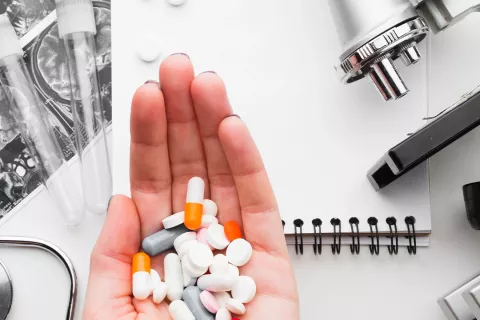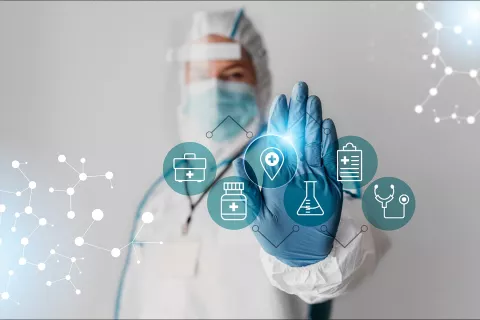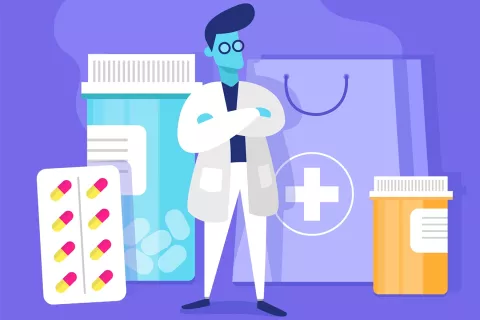The world of pharmaceuticals is ever evolving, with new drugs/devices/cosmetics being introduced to the market regularly. While clinical trials provide initial safety and efficacy data, the true test of a pharmaceutical product’s impact (both positive and negative) comes when it is used widely by a diverse population, i.e., in the post-marketing setting. This is where pharmacovigilance (PV) systems play a critical role. PV is the science and activities related to detecting, assessing, understanding, and preventing adverse effects or any other drug-related problem. Let's delve into the intricacies of the PV system and understand its importance in maintaining public health.
What is PV?
PV is a proactive and systematic approach to monitoring the safety of pharmaceutical products after they have been approved for use. It involves the collection, analysis, and interpretation of data on the adverse effects of drugs/devices/cosmetics, to identify new information about hazards associated with them and preventing harm to patients.
Components of a PV System
A comprehensive PV system is composed of several key elements:
- Data Collection: This involves the gathering of reports on adverse events (AEs) from healthcare professionals, patients, and manufacturers. Reporting forms are used to document and communicate these events to the regulatory authorities.
- Signal Detection: The system must be capable of detecting new safety signals or changes in the known risk profile of products. This is achieved through the analysis of collected data and active surveillance.
- Risk Assessment: Once a potential risk is identified, it must be scientifically evaluated to confirm its causal association with the product in question.
- Risk Management: Strategies are developed to minimize identified risks, which may include changes in dosing recommendations, updates to product labeling, or in extreme cases, withdrawal of the product from the market.
- Communication: It is vital to communicate risks to healthcare providers, patients, and other stakeholders to ensure informed decision-making regarding product use.
- Audits and Inspections: Regular audits are conducted to ensure the PV system is functioning effectively, and corrective actions are taken, as necessary.
Roles and Responsibilities:
The PV system involves multiple stakeholders each with specific roles:
- Regulatory Authorities: Oversee the PV activities, ensure sponsor compliance with regulations, and act when safety concerns arise.
- Pharmaceutical Companies (or sponsors): Monitor the safety of their products, conduct risk assessment, and report AEs to the regulatory authorities.
- Healthcare Professionals: Report any suspected AEs encountered in clinical practice.
- Patients: Report all AEs experienced post usage of a pharmaceutical product to healthcare providers, pharmacies, or directly to PV systems (sponsors/registries/service providers).
Conclusion
PV is an essential component of the healthcare system, ensuring the ongoing evaluation of pharmaceutical safety and efficacy. By understanding and supporting the PV system, we can contribute to the early detection of adverse drug reactions and help in the prevention of pharmaceutical product-related problems. It is a shared responsibility that requires the expertise of a regulatory partner, like Freyr, to ensure the active participation of all stakeholders and safeguarding the health of the public.










